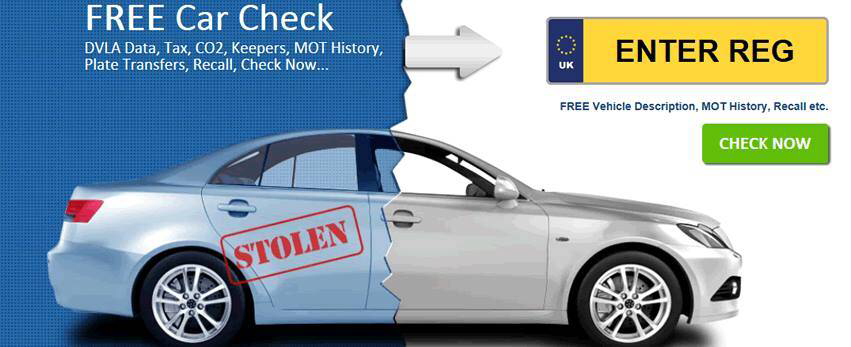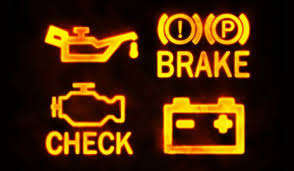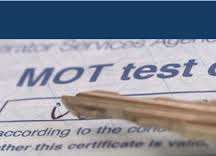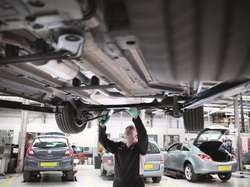MOT Test Check Guide
DIY MOT Checklist Guide, Hints & Tips to help get your Vehicle through the MOT test
|
Here we have a guide to help you get your vehicle through its MOT test, this is basically a checklist of areas you can examine on your vehicle before submitting it for the dreaded MOT. Obviously its not possible to check the vehicle to the standard as a professional MOT examiner, however working through the following checks will enable you to identify any problem areas or faults prior to the test.
CHECKS CARRIED OUT FROM INSIDE THE VEHICLE
CHECKS CARRIED OUT IN & AROUND THE VEHICLE
Following these simple checks you can prepare your vehicle for the MOT test & increase your chances for passing the test. Please see the YouTube video links below for some more helpful advice on getting your vehicle through its MOT test. |
|
|
|
|
Also see our guides on:
How to Remove & Re-fit Car Wiper Blades
How to Remove & Re-fit a Car Headlight Bulb
How to Remove & Re-fit a Car Battery
How to Remove & Re-fit Car Wiper Blades
How to Remove & Re-fit a Car Headlight Bulb
How to Remove & Re-fit a Car Battery






